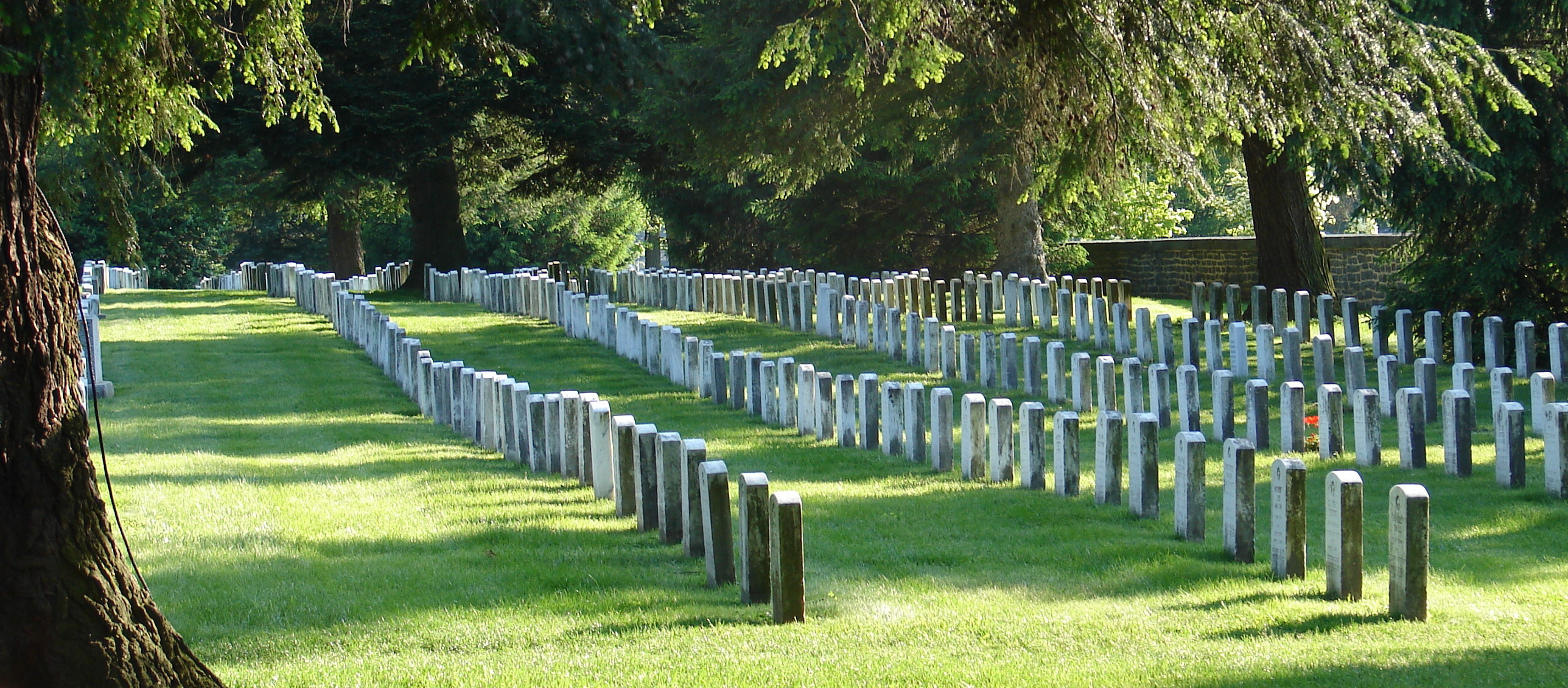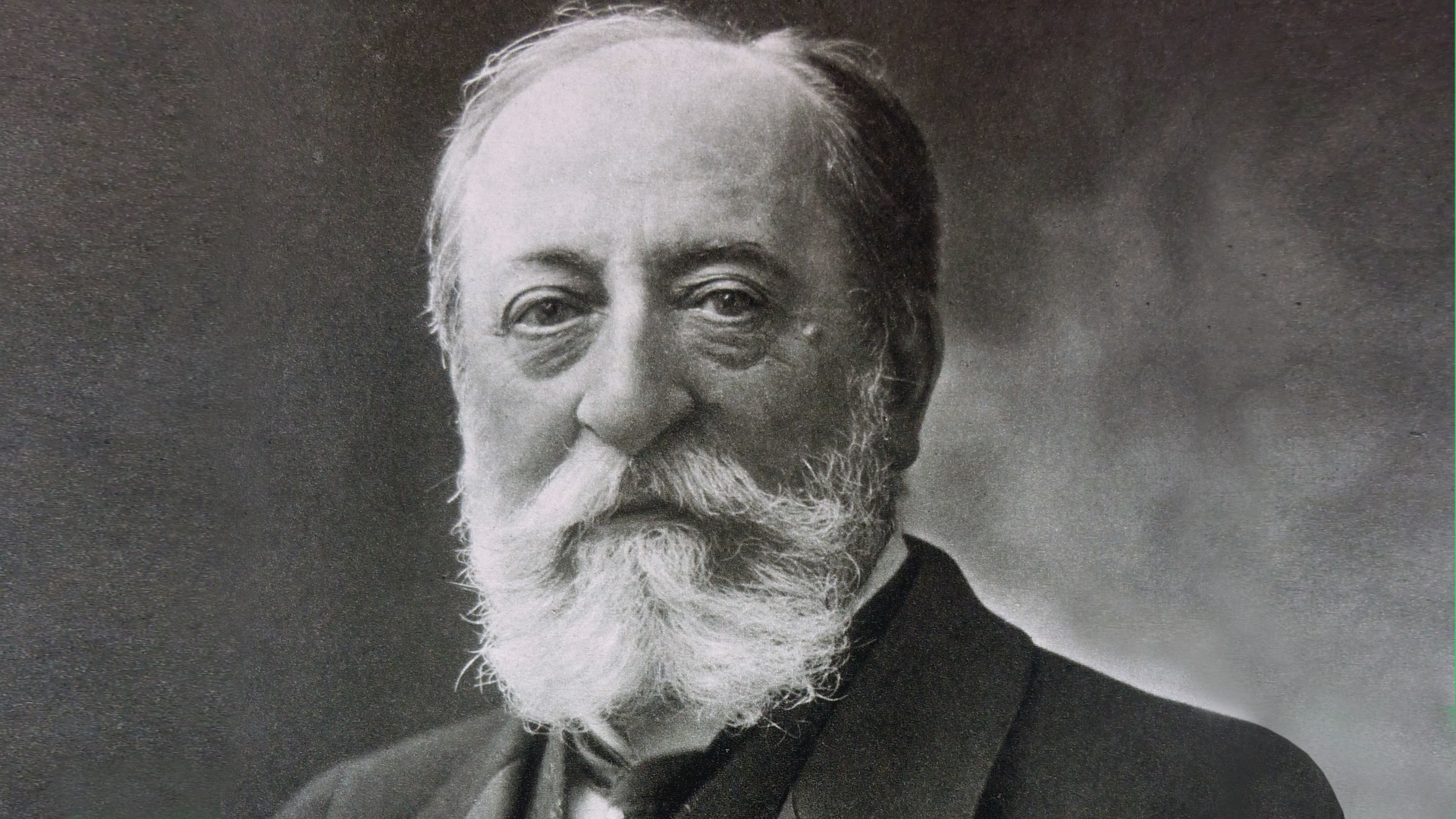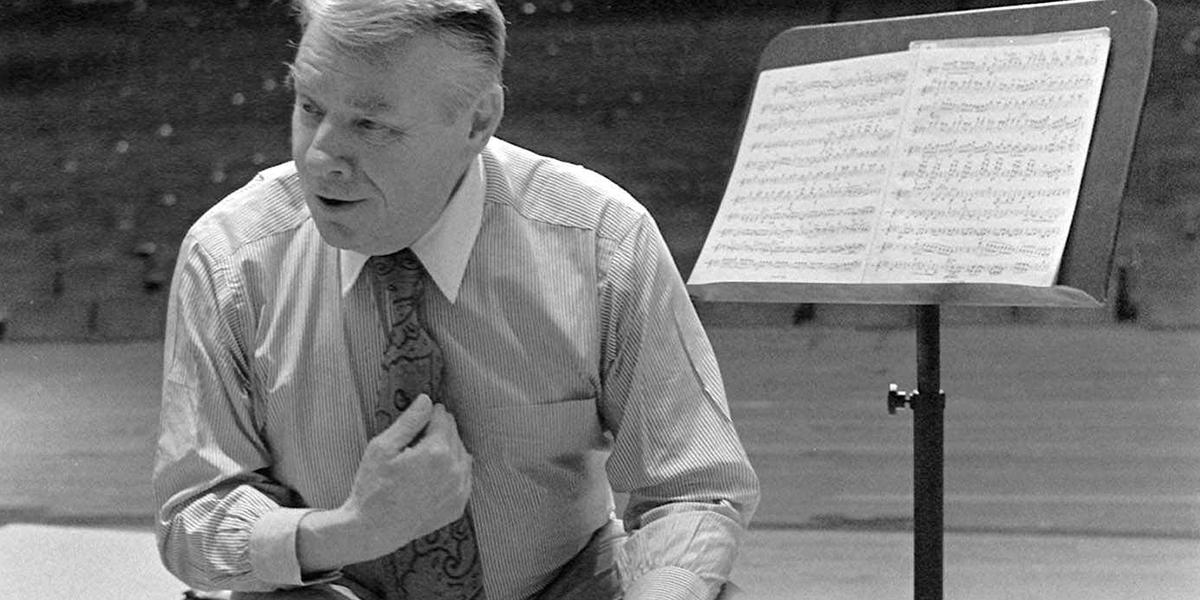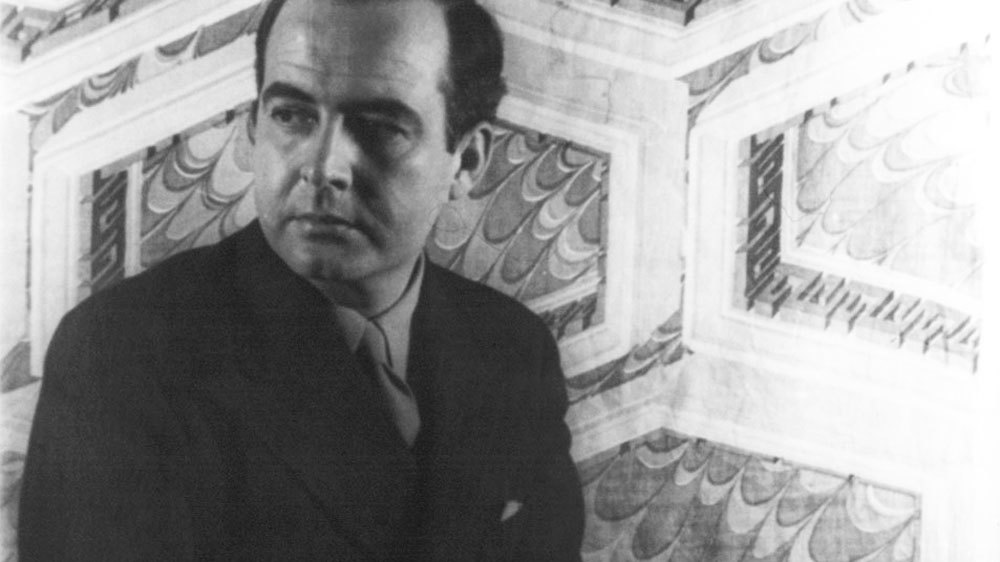Finding the Bruckner Sound
From the buoyant, carefree musical laughter of Mozart, to the richness and heft of Brahms, to the hazy, dreamlike pointillism of Debussy, the music of each composer comes with its own distinct voice. Great orchestras have the ability to change on a dime and quickly lock into the style and sound appropriate to the music. In this old clip, you can hear Romanian conductor Sergiu Celibidache shaping the sound of the Berlin Philharmonic …







